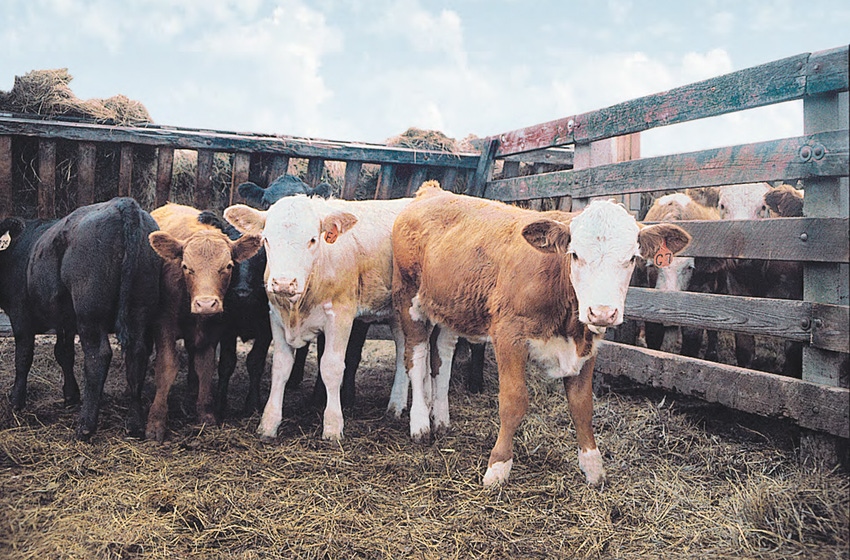The real issue is the stress of weaning occurs at the lowest point of trace mineral status for our calves. Here's how you can help your calves succeed.
September 28, 2015

Sponsored Content
The old adage of “Timing Is Everything” is very true when it comes to weaning. Often the timing of management interventions do not line up perfectly with the biology of the animal. Many people say weaning success is all about having the right weather because if the weather changes to cold and wet right after weaning, most likely we will have more health issues. However, while weather can be a big factor, the real issue is the stress of weaning occurs at the lowest point of trace mineral status for our calves.
The liver is the main mineral storage organ for cattle. Mother Nature has a way of taking care of the next generation. If the cow is well supplemented during pregnancy she will transfer trace minerals to the developing fetus and the calf will be born with liver levels of copper (Cu), zinc (Zn) and selenium (Se) that are in excess of the maternal liver levels. However, these calf mineral stores are often depleted by the time weaning occurs.

Drawing down the reserve
Mineral status declines as the calf pulls from these reserves for maintenance, growth and immune function. Every time the calf has faced a challenge; be it weather, disease, vaccination or castration, these reserves are expended. Both copper and zinc are critical for enzyme function related to growth, skin and hair development and mounting an immune response. Copper is very critical in early life as a key enzyme co-factor in calves being able to breakdown internal brown fat to maintain core body temperature. Newborn calves that are easily cold stressed are an indication of poor copper status of the calf and dam. Selenium is critical for a strong immune system, energy metabolism and prevention of muscular dystrophy.
Building up the reserves has not happened by weaning
This is where the TIMING of the calf’s biology and management intervention do not match. What has the diet of the calf been since birth? Milk and grass! Both are poor source of Cu, Zn and Se, which helps explain the continue decline in status from birth to weaning. Selenium status was studied by Davis et al. (2005) using blood selenium of the calf. As with Cu and Zn, the Se status of the newborn calf was adequate at birth, marginal by 30 days and low to deficient by weaning if the cows were receiving Se supplementation from injectable Se or a mineral with sodium selenite.
At the most stressful time in the calf’s life, we remove them from their mother, place them in a new environment, introduce a new feeding situation and often co-mingle them with other calves all while they are at their lowest trace mineral status since birth. Preventing clinical disease is a balance between challenge level and resistance level. At weaning the challenges can be overwhelming and every effort must be made to keep the resistance level as high as possible.
Visit crystalyx.com for more information on how CRYSTALYX® Brigade® Stress Fighter self-fed supplement helps calves overcome nutritional stress associated with weaning.
You might also like:
How to prevent & treat pinkeye in cattle
4 experts weigh in on fall 2015 cattle prices
2015 BEEF Stocker Award Winner: Shovel Dot Ranch
Will beef demand keep up with cowherd expansion?
How to treat lump jaw disease in cattle
3 non-traditional feedstuff options to consider for your cow herd
You May Also Like



